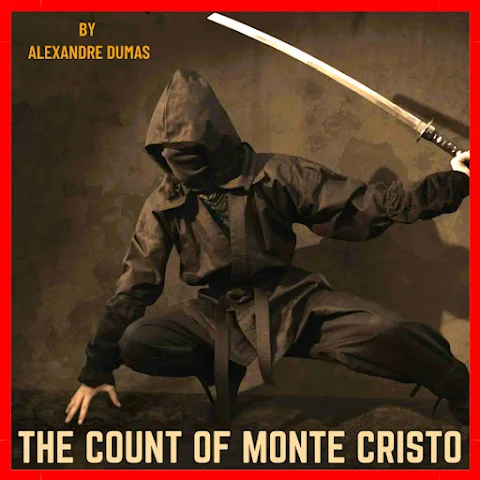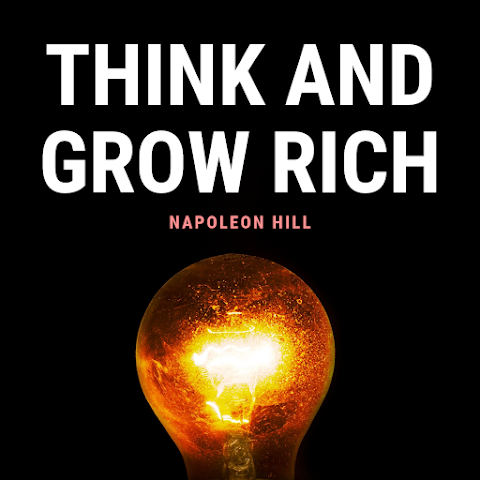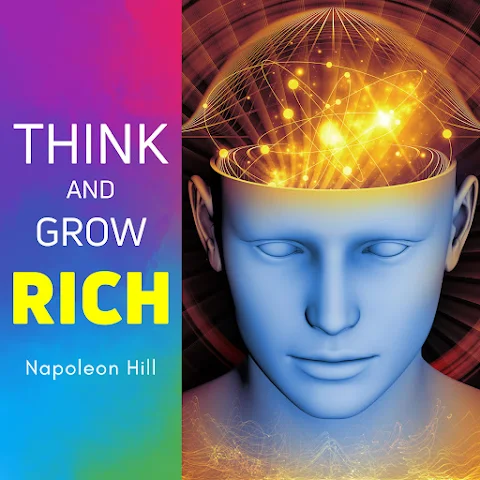The Most Dramatic Character Transformation in Literature
Have you ever wondered what it takes to completely reinvent yourself? Edmund Dantès' transformation from a simple, honest sailor to the enigmatic Count of Monte Cristo is perhaps the most stunning character evolution in all of literature. It's a journey that takes us through the darkest depths of human suffering and emerges into calculated brilliance.
The Innocent Beginning: Young Edmund Dantès
Picture this: a 19-year-old sailor, full of hope and dreams, about to marry the love of his life and become captain of his own ship. That's Edmund Dantès at the start of our story. He's the guy everyone likes - honest, hardworking, and genuinely good-hearted. His biggest fault? Being too trusting.
What Made Young Edmund Special:
- Natural Leadership: Even as a young sailor, he commanded respect
- Unwavering Loyalty: To his employer, his father, and his beloved Mercédès
- Pure Optimism: He believed in the goodness of others
- Simple Dreams: A modest life with the woman he loved
The Crucible: 14 Years in the Château d'If
Imagine being locked away for a crime you didn't commit, watching your youth slip away day by day. The Château d'If wasn't just a prison - it was a forge that would reshape Edmund's entire being. Those 14 years didn't just age him; they fundamentally rewired who he was.
The Prison Years - A Timeline of Transformation:
- Years 1-3: Despair and attempted suicide
- Years 4-8: Meeting Abbé Faria and beginning his education
- Years 9-13: Mastering languages, sciences, and combat
- Year 14: Inheriting the secret of the treasure and escaping
The Education That Changed Everything
Abbé Faria didn't just teach Edmund facts and figures - he gave him the tools to become someone entirely new. Think of it as the ultimate life coaching session that lasted for years!
What Edmund Learned in Prison:
- Languages: Italian, Spanish, English, German, and Greek
- Sciences: Mathematics, chemistry, and medicine
- Combat: Fencing and hand-to-hand fighting
- Culture: Art, literature, and aristocratic manners
- Psychology: How to read and manipulate people
The Birth of the Count: A New Identity
When Edmund emerges from the sea after his escape, he's no longer the boy who went to prison. The Count of Monte Cristo isn't just a disguise - it's a complete reinvention. He's like a method actor who never breaks character.
The Count's Persona:
- Mysterious Origin: No one knows where he comes from
- Unlimited Wealth: Money is just a tool for him
- Cultural Sophistication: He fits into any social circle
- Emotional Detachment: Nothing seems to touch him personally
- Master Manipulator: He plays people like chess pieces
The Psychology of Revenge: What Drives the Count?
Here's where it gets really interesting - the Count isn't driven by simple anger. His revenge is almost artistic in its complexity. He doesn't just want to hurt his enemies; he wants them to understand their sins and suffer the exact consequences of their actions.
The Count's Revenge Philosophy:
- Divine Justice: He sees himself as God's instrument
- Poetic Retribution: Each punishment fits the crime
- Patience: He waits for the perfect moment
- Complete Destruction: Not just physical, but moral and social
The Many Faces of the Count
What's absolutely fascinating is how the Count creates multiple identities, each perfectly crafted for specific purposes. It's like watching a master performer switch between roles:
His Various Disguises:
- Abbé Busoni: The wise Italian priest
- Lord Wilmore: The eccentric English aristocrat
- Sinbad the Sailor: The mysterious Eastern merchant
- The Count of Monte Cristo: The enigmatic nobleman
The Cost of Transformation
But here's the thing nobody talks about enough - what did Edmund lose in becoming the Count? The transformation came at a tremendous personal cost:
What Was Lost:
- Innocence: The ability to trust freely
- Simple Joy: The happiness in small things
- Human Connection: Genuine relationships became tools
- Peace: Consumed by the need for revenge
The Moment of Recognition
One of the most powerful moments in the story is when the Count realizes he might have gone too far. When innocent people start suffering because of his revenge, we see cracks in his perfect facade. It's these moments that remind us there's still Edmund somewhere inside the Count.
Lessons from the Transformation
Edmund's transformation teaches us some profound lessons about human nature and the power of reinvention:
Key Takeaways:
- Knowledge is Power: Education can literally transform your life
- Patience Pays: Long-term planning beats impulsive action
- Identity is Fluid: We can become who we choose to be
- Revenge Has a Price: Transformation for vengeance costs your soul
The Final Evolution: Finding Redemption
Perhaps the most beautiful part of Edmund's journey is that it doesn't end with revenge. The Count eventually learns that "all human wisdom is contained in these two words: 'Wait and hope.'" His final transformation is from avenger to a man who can love and hope again.
Why This Transformation Still Matters Today
In our age of personal branding and self-reinvention, Edmund's transformation feels more relevant than ever. We all have moments where we want to become someone new, someone stronger. The Count of Monte Cristo shows us both the power and the danger of that desire.
Modern Parallels:
- Career Pivots: Completely changing your professional identity
- Personal Growth: Overcoming trauma to become stronger
- Social Media Personas: Creating curated identities
- Life After Loss: Rebuilding after devastating setbacks
The Ultimate Question
After following Edmund's incredible journey, we're left with a haunting question: Was the transformation worth it? Did the Count gain more than Edmund lost? That's the beauty of this story - there's no easy answer. Each reader must decide for themselves whether the price of such a dramatic transformation is worth paying.
Experience the Full Journey
If you're fascinated by Edmund's transformation, there's no better way to experience it than through the full story. The audiobook version brings every emotion, every change, every revelation to life in a way that will stay with you long after the story ends.


